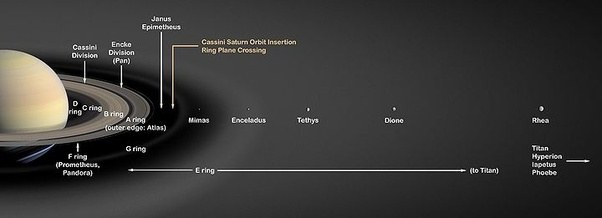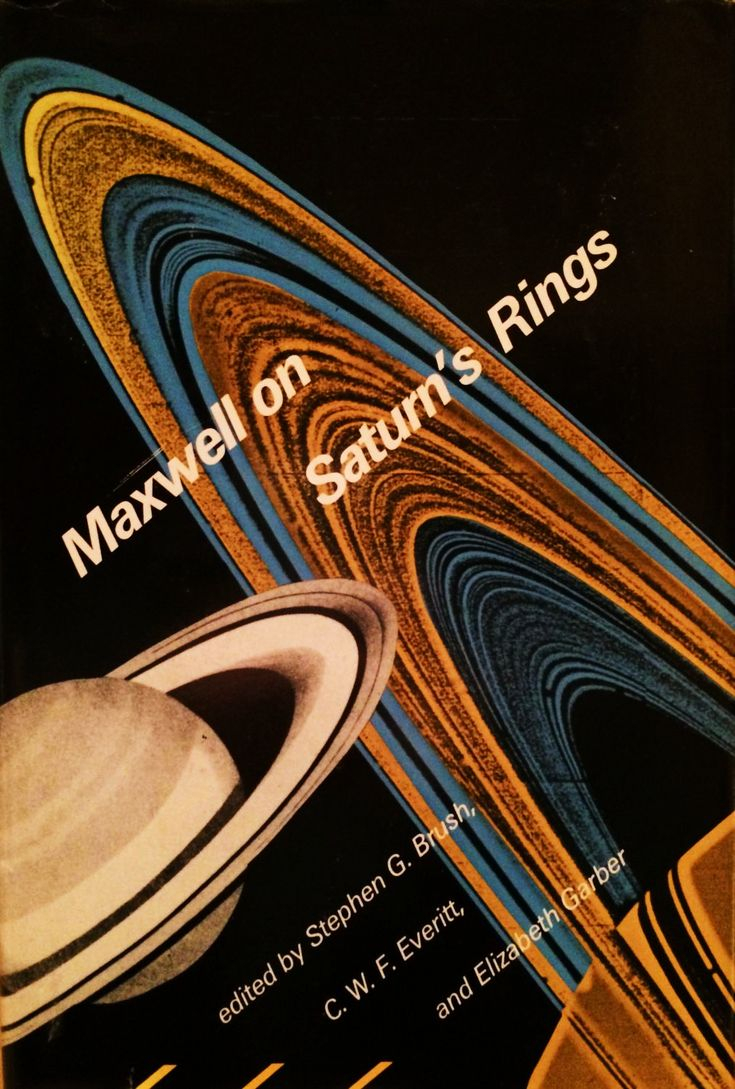He argued about the nature of Saturn's rings
Maxwell is the youngest lecturer at Marischal by 15 years at 25 years old. As the department chair, he poured himself into his new duties, creating the syllabus and organizing the lectures. He agreed to devote 15 hours a week to service, which would include a professional talk to the neighborhood working men's college. During the school year, he spent six months in Aberdeen with his Scottish civil engineer cousin William Dyce Cay and spent his summers in Glenlair, which he inherited from his father.
He concentrated on "the nature of Saturn's rings," a conundrum that had baffled astronomers for 200 years. How they managed to remain stable and avoid breaking, drifting, or colliding with Saturn remains a mystery. Because St John's College in Cambridge selected it as the subject of the 1857 Adams Prize, the problem was particularly relevant at the time. Maxwell worked on this issue for two years, proving that a liquid ring would be pushed to disintegrate into blobs by wave action whereas a regular solid ring could not remain stable. Since neither was seen, he came to the conclusion that the rings must be made up of numerous tiny particles, which he termed "brickbats," each of which orbits Saturn on its own. Maxwell is the only competitor who has advanced far enough to submit an entry; he received the £130 Adams Prize in 1859 for his thesis, "On the Stability of Motion of Saturn's Rings." When George Biddell Airy studied his work, he said, "It is one of the most extraordinary applications of mathematics to physics that I have ever seen." This is a result of how thorough and persuasive his work is.











